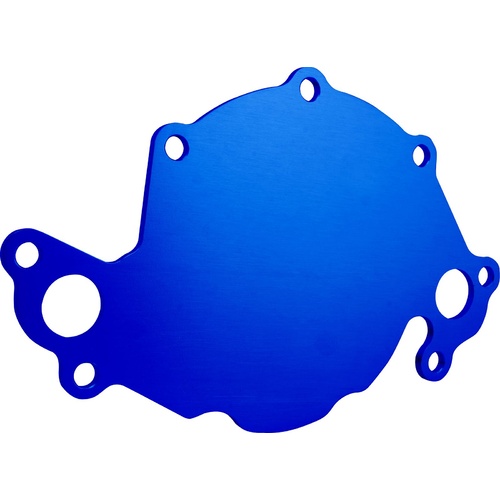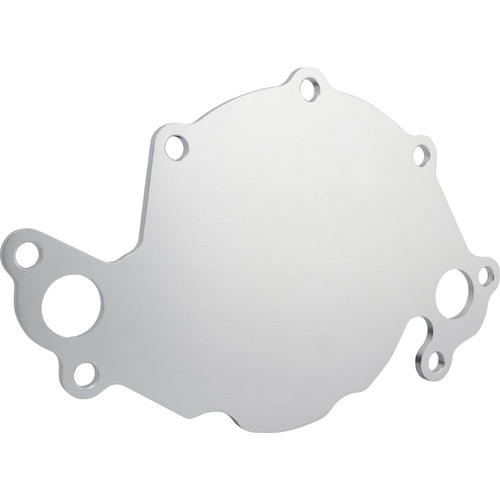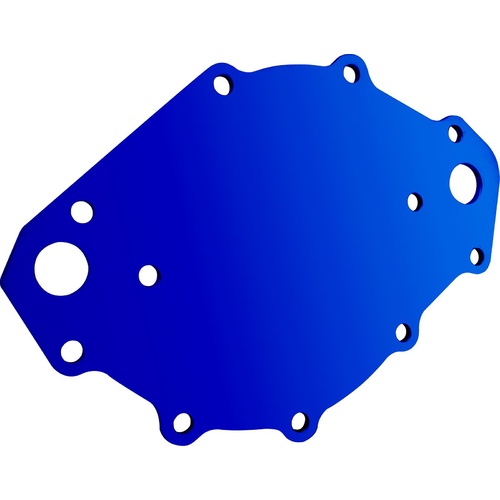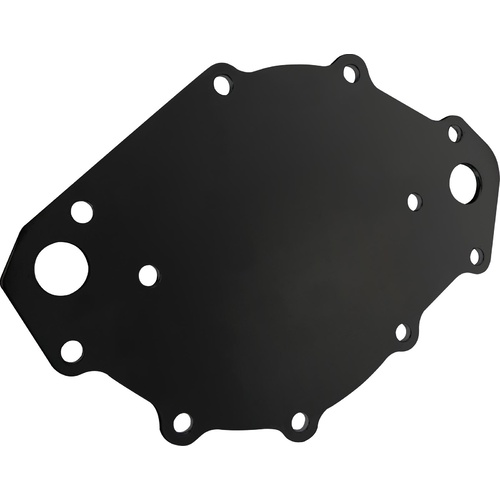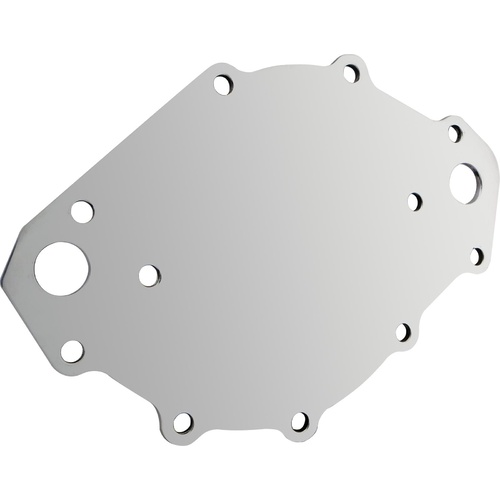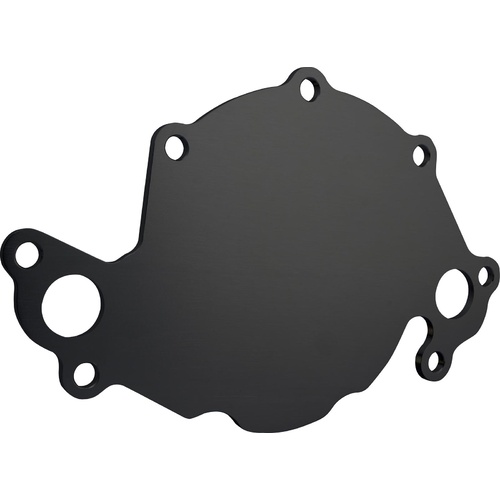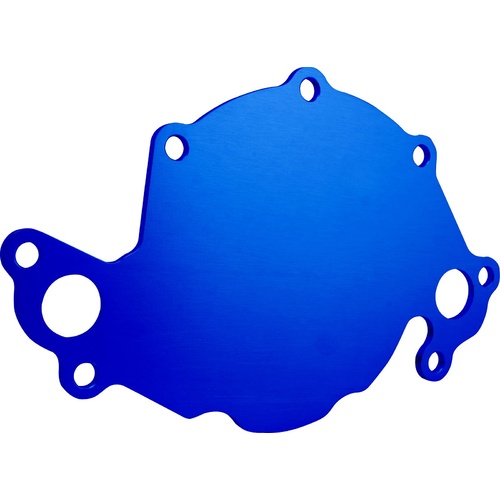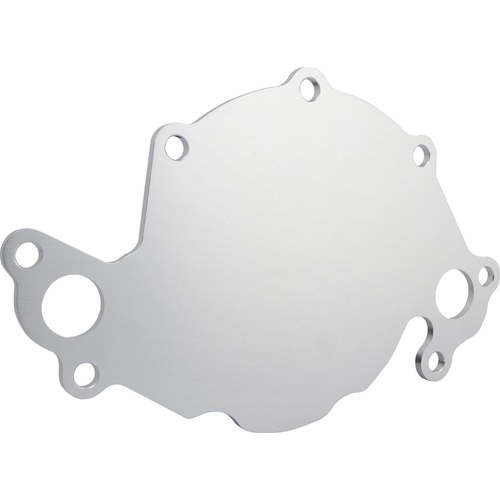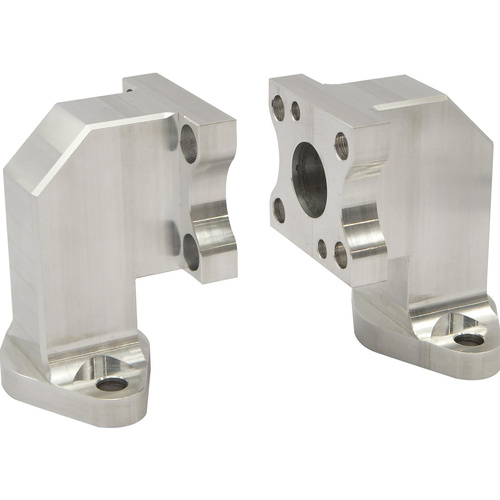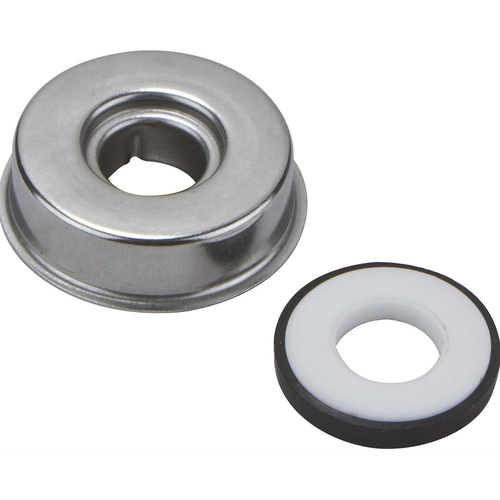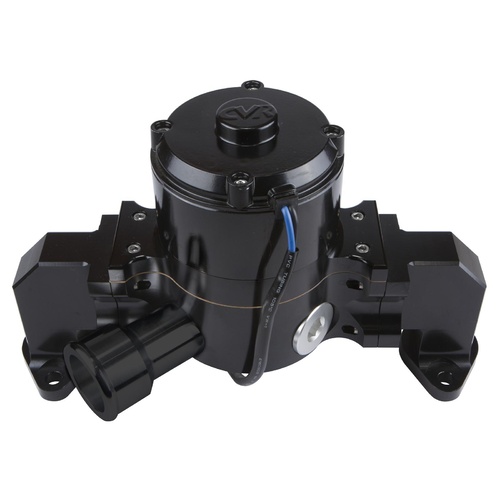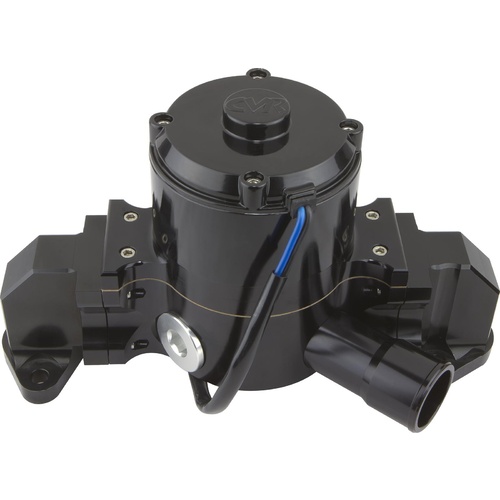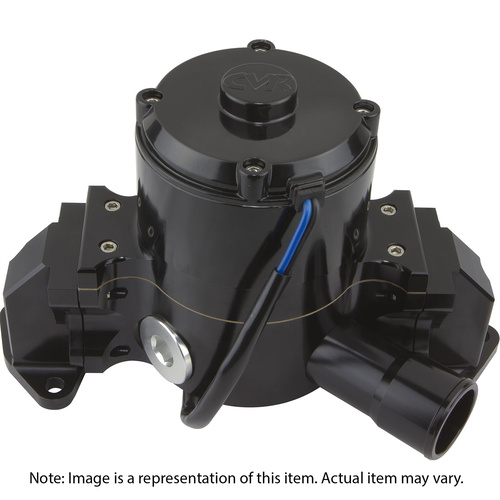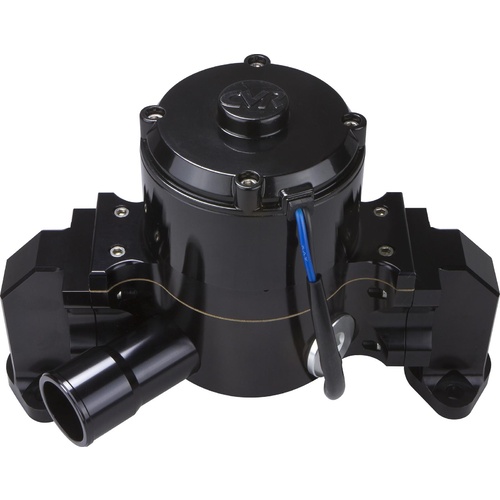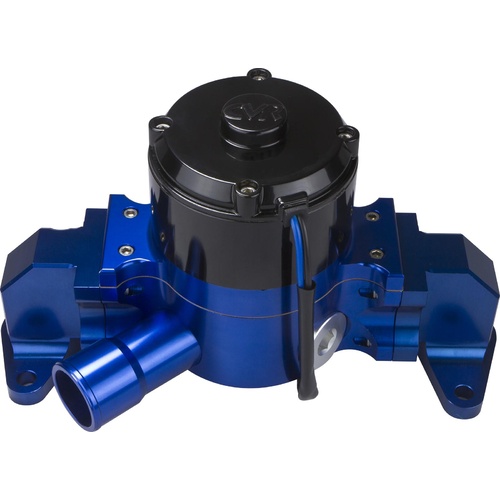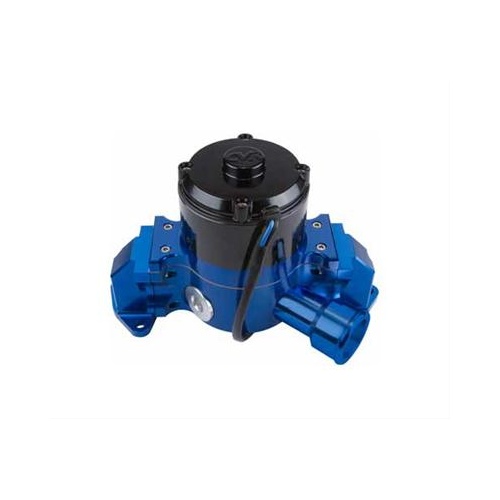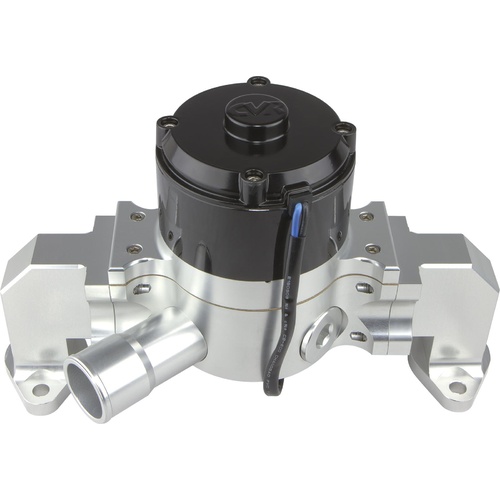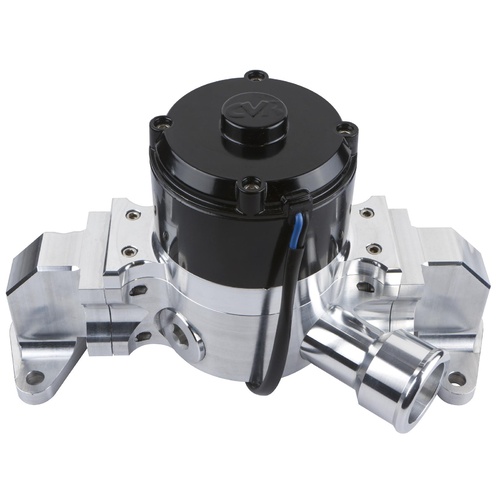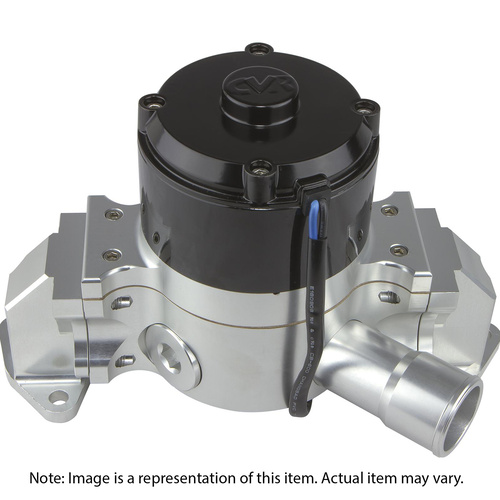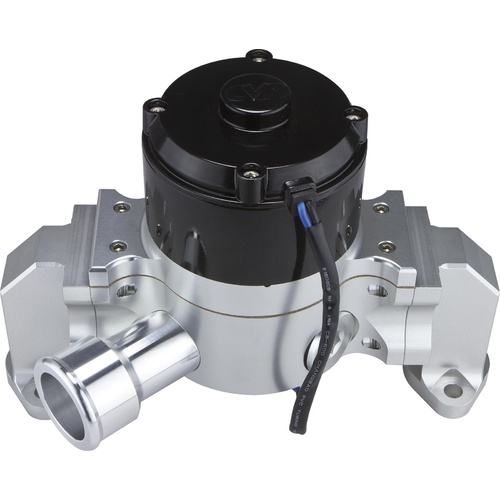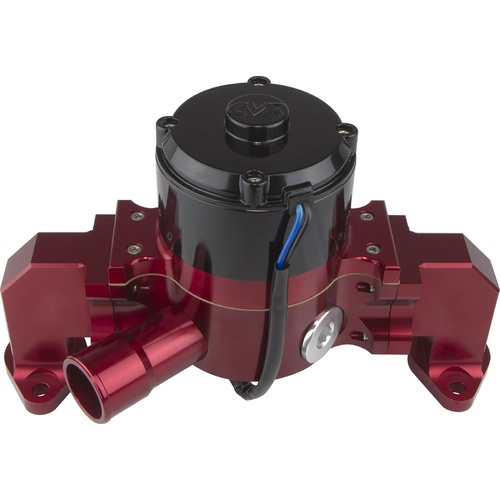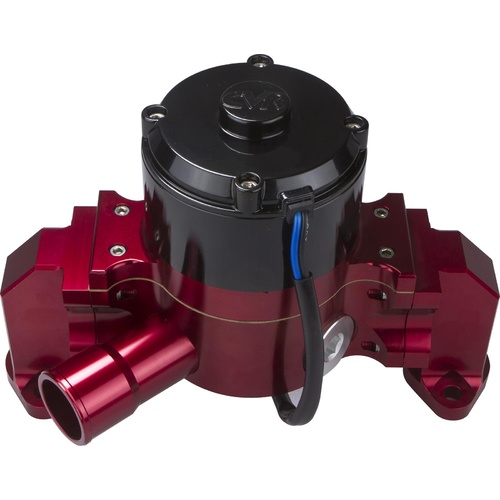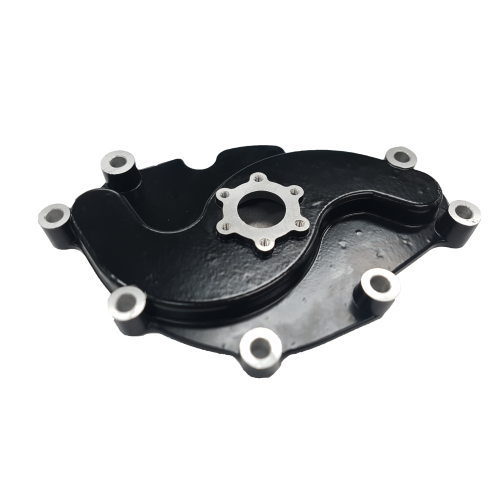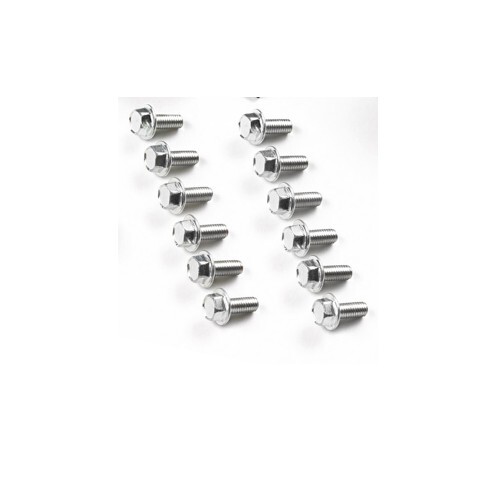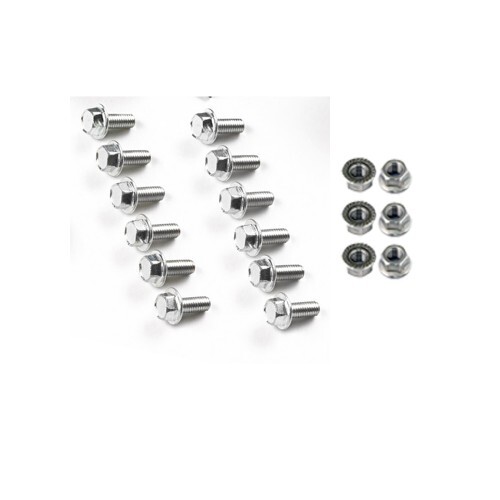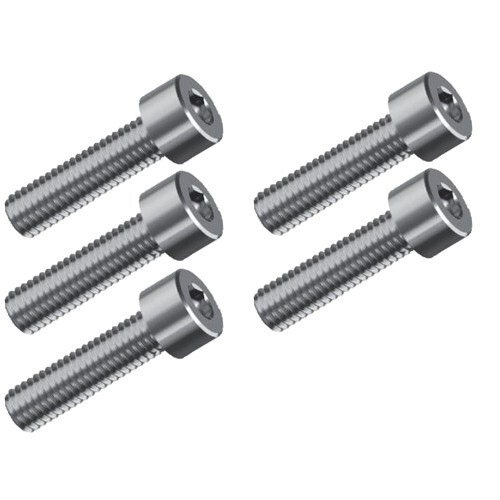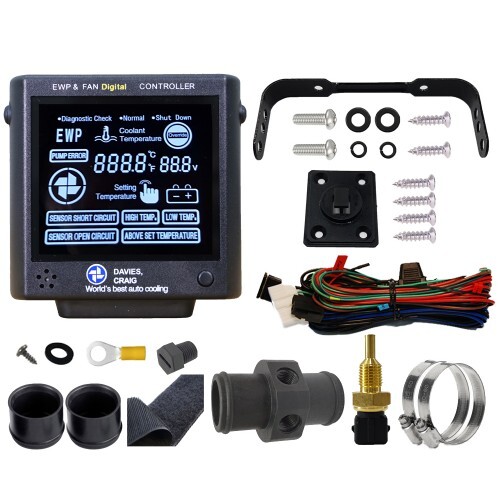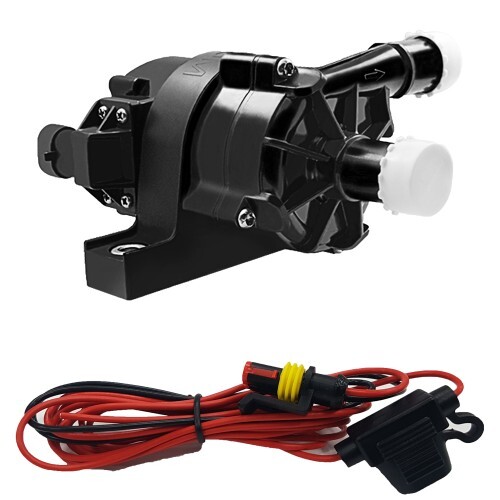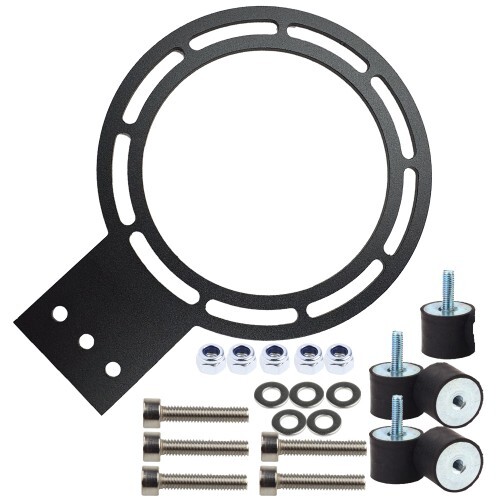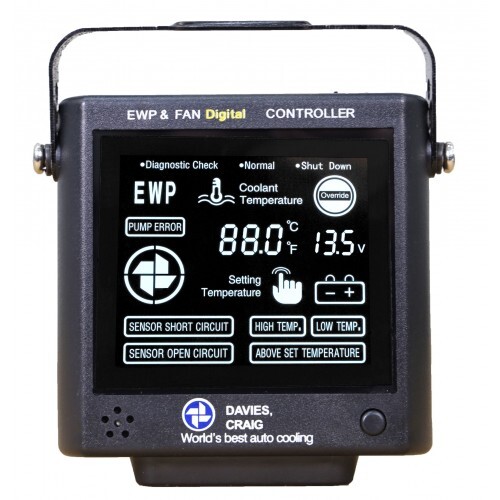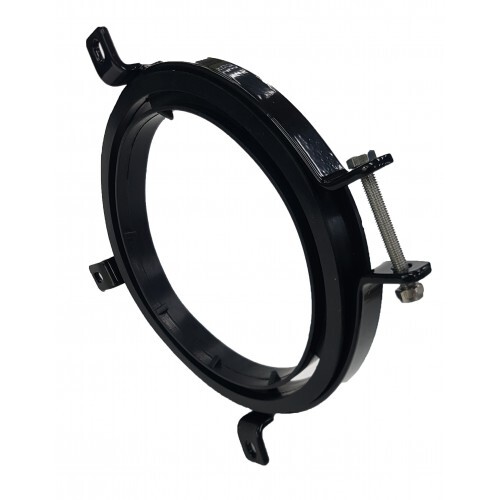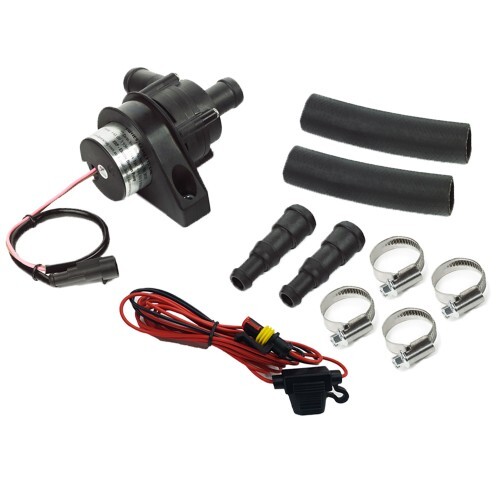
Davies Craig Electric Booster Pump, EBP23, 12V, Plastic, Black, Kit
$153.33
$204.44
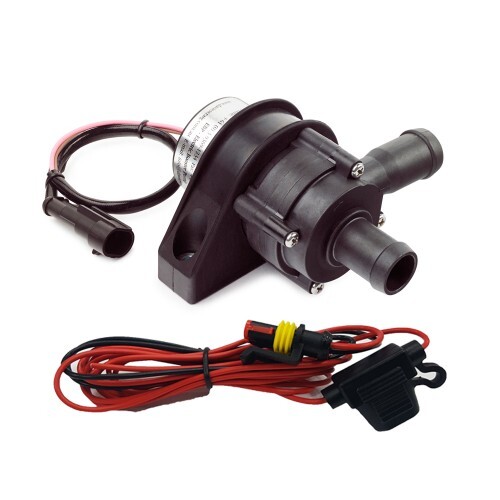
Davies Craig Electric Booster Pump, EBP23, 12V, Plastic, Black, Kit
$136.87
$182.49
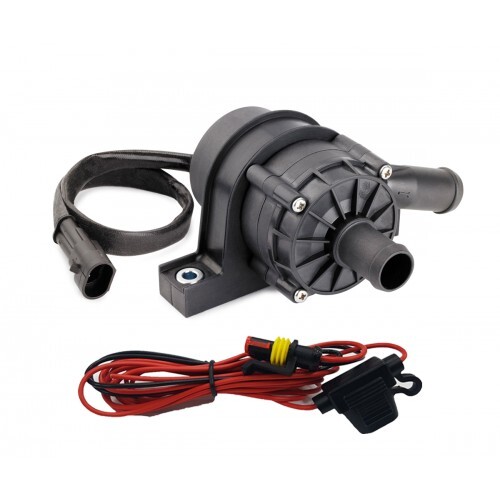
Davies Craig Electric Booster Pump, EBP40, 12V, Plastic, Black, Kit
$216.56
$288.75
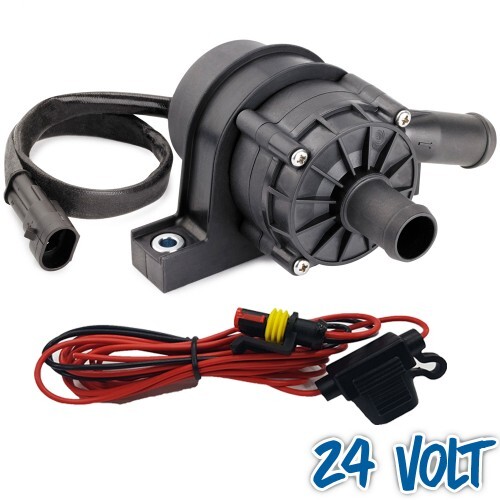
Davies Craig Electric Booster Pump, EBP40, 24V, Plastic, Black, Kit
$216.56
$288.75
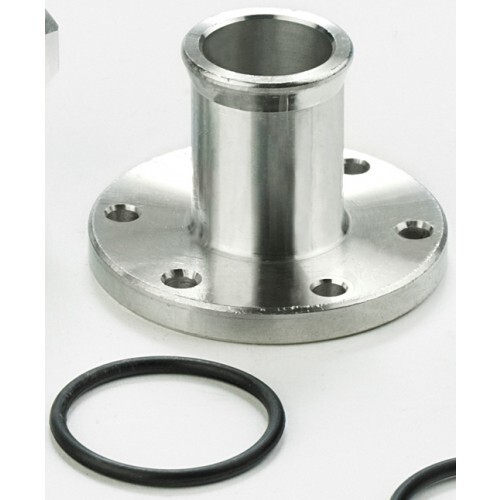
Davies Craig Water Pump Adapter, Aluminum, Natural, 1 in. Bolt-on, 1 in. Hose Barb, Each
$29.45
$39.27
Keep Things Pumping With an Automotive Water Pump
Human and car anatomy has one temperature-regulating feature in common: water, but as perspiration relieves humans of heat, a water pump works wonders for a car. So, how does an automotive water pump work? Whether a mechanical or auto-electrical water pump, it has one job: to transfer coolant between the engine and the radiator. Here’s how it does what it does:
1. Circulates Coolant
The water pump draws coolant from the radiator into the engine’s cooling passages, typically through the engine block and cylinder head passages. This coolant absorbs engine-generated heat from combustion, helping to regulate engine temperature.
2. Absorbs Heat
As the coolant flows through the engine, it absorbs heat from the engine components, including the combustion chambers, cylinder walls and cylinder head. This heat absorption helps prevent the engine from overheating and maintains optimal operating temperatures.
3. Returns Coolant
After absorbing heat from the engine, the coolant returns to the radiator through hoses or passages. In the radiator, the coolant releases heat to the surrounding air through the radiator’s fins and cooling fans, cooling down before returning to the engine.
4. Circulates Continuously
The water pump continuously circulates coolant between the engine and the radiator, ensuring the engine operates within the proper temperature range. This continuous circulation is essential for maintaining engine performance, preventing overheating and preserving engine longevity.
Water Pump for Auto: Is Yours out of Puff?
If the water pump is no longer serviceable for your car, it will let you know with the following giveaways:
1. Overheating
If you’re overheating, you may need new cooling and air conditioning car parts. If your engine’s overheating, that’s a red-hot flag. Take note of your car’s temperature gauge — is it higher than usual? If so, that may mean that your pump cannot circulate water around the engine — which is about as dangerous as an overheated human with compromised sweat glands.
2. Coolant Leaks or Decreased Coolant Levels
If your coolant leaks or fails to make adequate numbers, that could be due to worn, cracked or broken seals or gaskets. The most apparent sign of coolant leakage is puddles beneath your parked car. Whatever the cause, if you’re leaking or failing to accumulate coolant, your water pump is no good for your car.
3. Steaming
If your bonnet is steaming, pull over as soon as it’s safe. Something is failing to perform — and it could be the water pump. When this pump stops working, it can no longer distribute coolant, meaning your engine will overheat. Steaming can be a vital clue that this is happening.
4. High-Pitched Noises
Does your car whine or emit a high-pitched noise when you hit the accelerator? If so, you may need to tighten or replace your belt, which may be sitting loose on the pulley. Alternatively, it could mean your water pump is on the way out and requires a check.
Get a New Water Pump for Your Car at VPW
If any of the above sounds familiar, don’t delay — get a new water pump for your car today. You can get a water pump for auto-electric functions or a model from our selection of mechanical water pumps. If you’re a fresh tinkerer and unsure where to go from here, you can always speak with the staff at VPW. As auto-enthusiasts, we’re as pumped to spread our knowledge as a water pump is determined to distribute coolant.
Your car is too hot to handle without coolant coursing through its veins. Check out the entire collection of automotive water pumps at VPW and get back on the road with a cool-headed engine.







